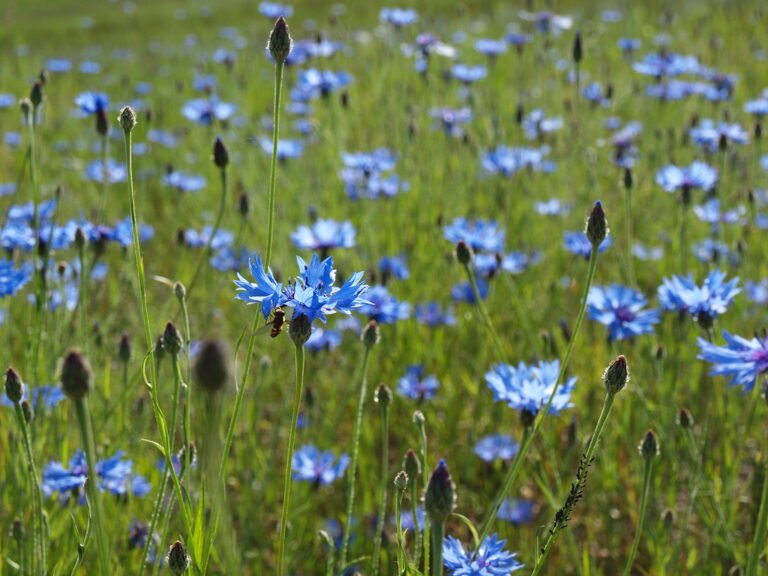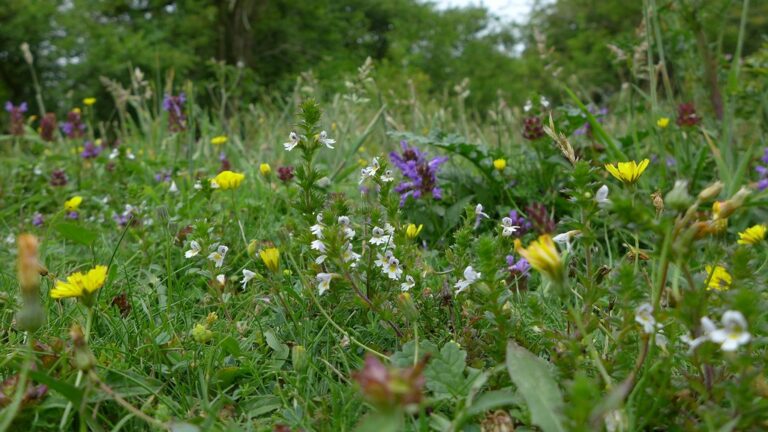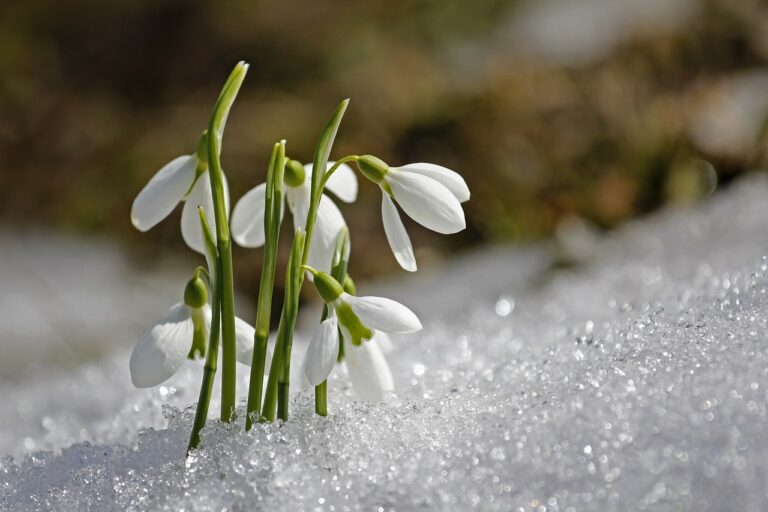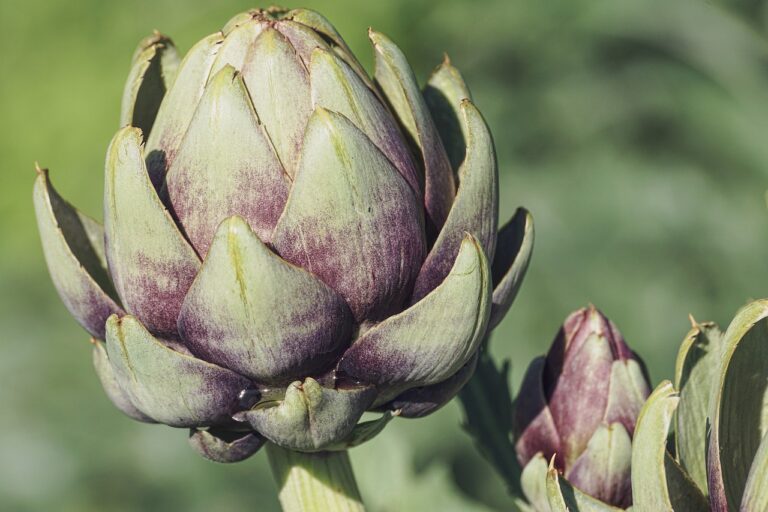Exploring the Variety in a Flower Seeds Pack
Exploring a flower seeds pack provides a spectrum of possibilities. Diverse seeds bring a splash of colors and attract pollinators. Understanding the germination needs is essential. Light exposure, temperature, and moisture levels impact successful growth. Proper care guarantees healthy seedlings. Watering, light, and soil quality are key. Select small seedlings for variety in limited spaces. Genetics influence color richness. Strategic transplanting improves color display. Save mature seeds for future planting. Some need fermentation. Drying and labeling guarantee longevity. In a seeds pack, endless potential blooms await your touch, crafting a masterpiece of nature’s design.
Benefits of a Diverse Seed Mix
Exploring the advantages of incorporating a varied seed mix in your garden reveals a multitude of benefits for both plant variety and ecosystem improvement. Selecting a diverse assortment of flower seeds provides a range of vibrant colors and flower types, creating a visually striking garden. Beyond aesthetics, different flower varieties attract beneficial pollinators such as bees, butterflies, and hummingbirds, contributing to a healthier ecosystem within your garden. By planting a varied mix of flower seeds, you can enjoy a dynamic and ever-changing landscape throughout the blooming seasons of spring, summer, and fall.
Furthermore, diverse seed mixes offer creative opportunities for gardeners to experiment with different combinations, textures, and heights, enriching the depth and interest of their garden beds. This assortment not only adds visual appeal but also supports a continuous display of blooms, ensuring a visually enchanting garden throughout the seasons. The varied mix of flower types, colors, and bloom times in these seed packs allows for a harmonious blend of blooms that can be enjoyed all season long. Embracing the benefits of a diverse seed mix not only enriches the aesthetics of your garden but also promotes a thriving ecosystem that supports pollinators and enhances biodiversity.
Understanding Seed Germination Requirements
Understanding the specific germination requirements of different flower seeds is essential for successful cultivation and healthy plant development. Each seed has unique needs that must be met for the best germination. Light exposure is a critical factor, as some seeds require light to germinate, while others need darkness. Temperature also plays a vital role in seed germination, with each flower variety having a preferred temperature range for sprouting. It is important to provide the right conditions to support successful germination.
Moreover, moisture levels must be carefully regulated. Excessive water can lead to seed rot, compromising the germination process, while insufficient moisture can hinder sprouting. Finding the balance in moisture levels is key to ensuring the seeds have the necessary environment to germinate effectively. By understanding and meeting these germination requirements, you can promote successful sprouting and healthy plant growth.
Therefore, when planting a diverse mix of flower seeds, it is essential to research the specific germination needs of each seed variety. By providing the appropriate conditions regarding light exposure, temperature, and moisture levels, you can improve the germination process, leading to robust and flourishing plants.
Tips for Successful Seedling Care
For successful seedling care, proper watering is essential to maintain soil moisture levels without causing overwatering. When caring for flower seeds, it’s important to water them consistently but not excessively. Overwatering can lead to root rot and other issues that hinder successful growth. Adequate sunlight or grow lights are also important for seedlings to develop into strong plants. Light is necessary for photosynthesis, which provides the energy needed for growth. Additionally, maintaining consistent temperatures is essential to promote healthy seedling growth and prevent stress. Fluctuating temperatures can shock the plants and impede their development.
Using quality potting soil with good drainage is another key factor in seedling care. Quality soil provides essential nutrients and aeration for the roots to grow strong and healthy. When transplanting seedlings, gentle handling is important to minimize stress on the plants. Rough handling can damage delicate roots and slow down growth. Ensuring strong root systems through proper care and handling sets the foundation for successful growth. By following these tips and providing the necessary conditions, you can help your flower seeds grow into thriving plants.
Maximizing Flower Variety in Small Spaces
To maximize the variety of flower colors in a small space, selecting smaller seedlings can be a strategic approach. When working with limited garden areas, opting for smaller seedlings allows for a greater assortment of plants, leading to a more diverse color palette. Pigment differences in seedlings play a vital role in enhancing the overall color diversity in a confined space. Careful transplanting practices can further contribute to a varied color display. By strategically thinning out plants, you can promote a broader range of colors in your compact garden setting.
Genetics also play a significant role in maximizing color variety. Selecting healthier and genetically diverse seedlings can result in a more vibrant and diverse flower bed. The genetic makeup of the seedlings determines the potential color variations they can produce, so choosing a mix of different genetic profiles is key to achieving a colorful and visually appealing garden.
In small spaces, it’s essential to be intentional in your selection of seedlings and in your transplanting practices. By leveraging the natural diversity present in seedlings and being mindful of genetics, you can create a stunning display of colors in your flower bed, making the most of the limited space available.
Seed Saving Techniques for Future Planting
I consistently apply efficient seed saving techniques to guarantee successful future plantings of different flower species. When collecting flower seeds, it is essential to make sure they are fully matured on the plant before harvesting. Each flower species has specific requirements for seed saving; for instance, some may need fermentation to remove inhibitors that prevent germination. After collecting, it is vital to dry the seeds thoroughly to prevent mold formation and maintain their viability. Properly dried and stored seeds can remain viable for years, allowing for repeated plantings.
Labeling and organizing saved seeds by species and date is imperative for easy identification and tracking of seed viability. This practice ensures that the genetic diversity of the plants is maintained, contributing to healthier and more resilient flower populations. Seed saving can also be a cost-effective way to grow flowers annually, as it reduces the need to purchase new seeds each planting season.






